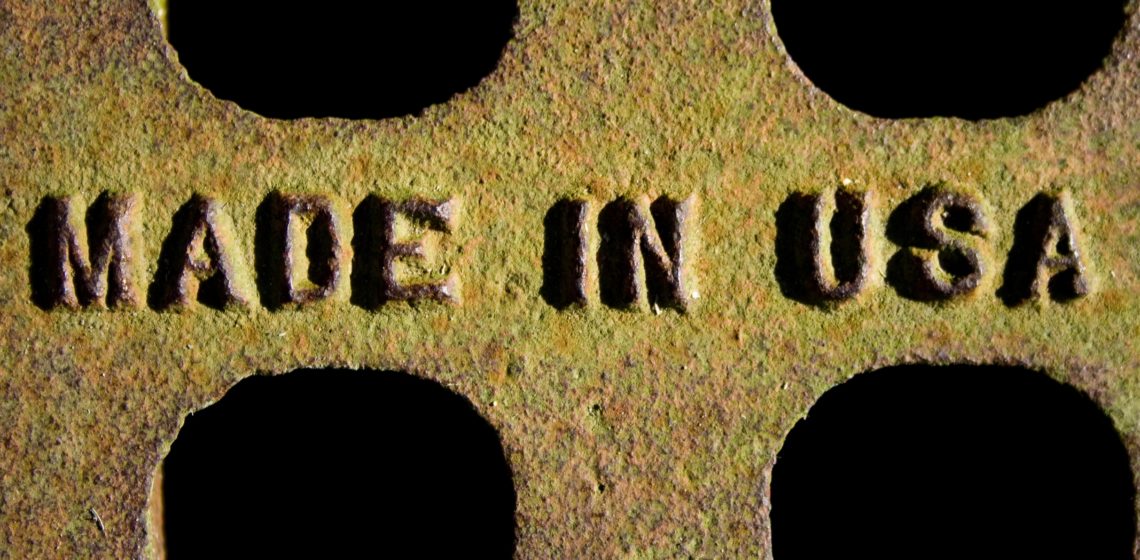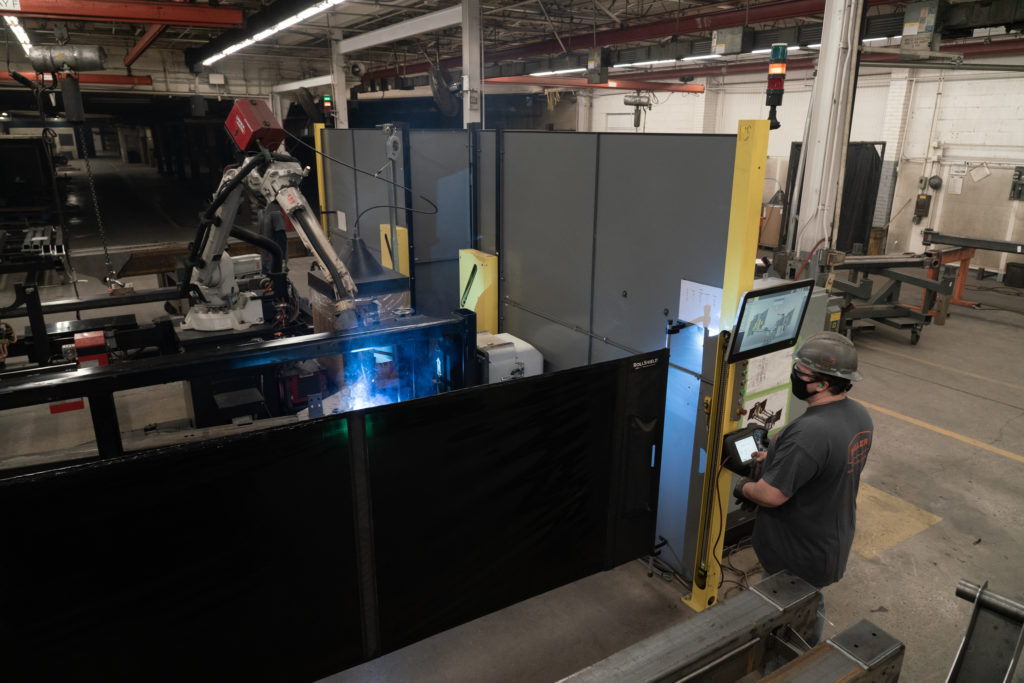
Onshoring Parts Fabrication Work May Minimize OEMs’ Price, Quality and Supply Chain Risks
August 2, 2021
Original Equipment Manufacturers (OEMs) often divide their parts fabrication business between American and overseas producers, a practice that previously has helped to mitigate supply chain shortages and provide benefit from lower labor costs outside the United States. COVID-19, however, created new concerns about offshore manufacturing – notably, extended supply chain disruptions in countries where the pandemic is escalating or maintains a firm grip. While offshore manufacturing still may offer labor and other pricing advantages, the reduced costs mean little if overseas manufacturers can’t meet OEMs’ level of demand.
Further, U.S. manufacturing already is rebounding from last year’s pandemic-related shutdowns, a trend that is expected to continue well into 2022. While OEMs may find it worthwhile to continue fabricating a percentage of their work outside the country, the time may be right to consider shifting some work to the United States to increase the likelihood that production schedules can be met. In the process, other benefits may be realized, too.
Why consider onshoring now?
Onshoring parts fabrication, even some portion of work, will help minimize the risks OEMs face when they are heavily invested in international production. Risks include price, quality, delivery, cultural barriers and communication, which can break down fast when production is taking place overseas.
As the pandemic affects supply chains in susceptible countries, it also may reduce offshore companies’ ability to produce the same quality of work as their American counterparts do. Addressing these issues with an overseas supplier may involve sending parts back at huge expense or acquiring visas and managing international travel so team members can handle the situation on site. Quality concerns are far easier to address quickly with a domestic producer that presents no language barrier and will be no more than three time zones away, as opposed to halfway around the world.
Sourcing production closer to end markets not only reduces supply chain risk, but also condenses the time – and costs – otherwise required to get fabricated parts to docks, into shipping containers placed on freightliners and moved by truck or rail to customers in the United States. A Miller customer that produces rail maintenance equipment recently took advantage of this benefit, expanding its fabrication work with us rather than continuing to have the work done overseas. With the OEM’s parts now produced in a more accessible location, its products get into end users’ hands faster.
In many cases, OEMs may best achieve greater responsiveness to market volatility by onshoring certain critical supplies, while continuing overseas sourcing for parts for smaller, more stable product lines that allow greater opportunity for fabricators to plan ahead or hold inventory. Onshoring parts fabrication quickly may offer OEMs competitive advantages as the U.S. manufacturing market continues to grow.
OEMs also may find that the U.S. shift toward advanced manufacturing, enabled by robotics, automation and analytics, has made domestic suppliers more cost-competitive than they were when production first moved offshore. OEMs also may discover that the onshore supplier-partner offers new technologies or efficiencies the overseas supplier doesn’t have.

Approaching the onshoring process
For all its advantages, onshoring parts fabrication work back into the United States presents challenges, too. A lower tolerance for risk induced by the pandemic has driven some OEMs to seek domestic suppliers – and to discover that supplier availability is severely limited.
Established relationships with supplier-partners will be helpful for OEMs who want to bring some of their fabrication work back to the United States. These trusted partners already will have met necessary criteria, relieving the OEM of the need to conduct an audit. They will understand the OEM’s expectations and be able to onboard a new product in a timely fashion, allowing the OEM to minimize supply chain-related risks, realize the advantages of onshoring and increase business resilience.
To start developing a strategic relationship with Miller Fabrication Solutions, schedule your consultation today.